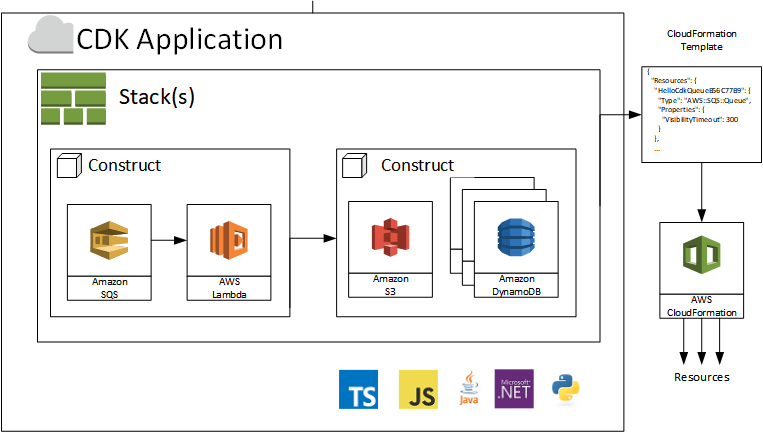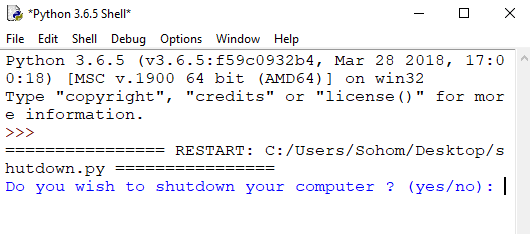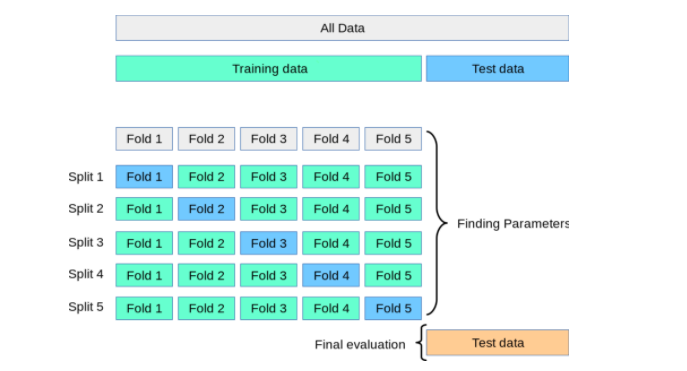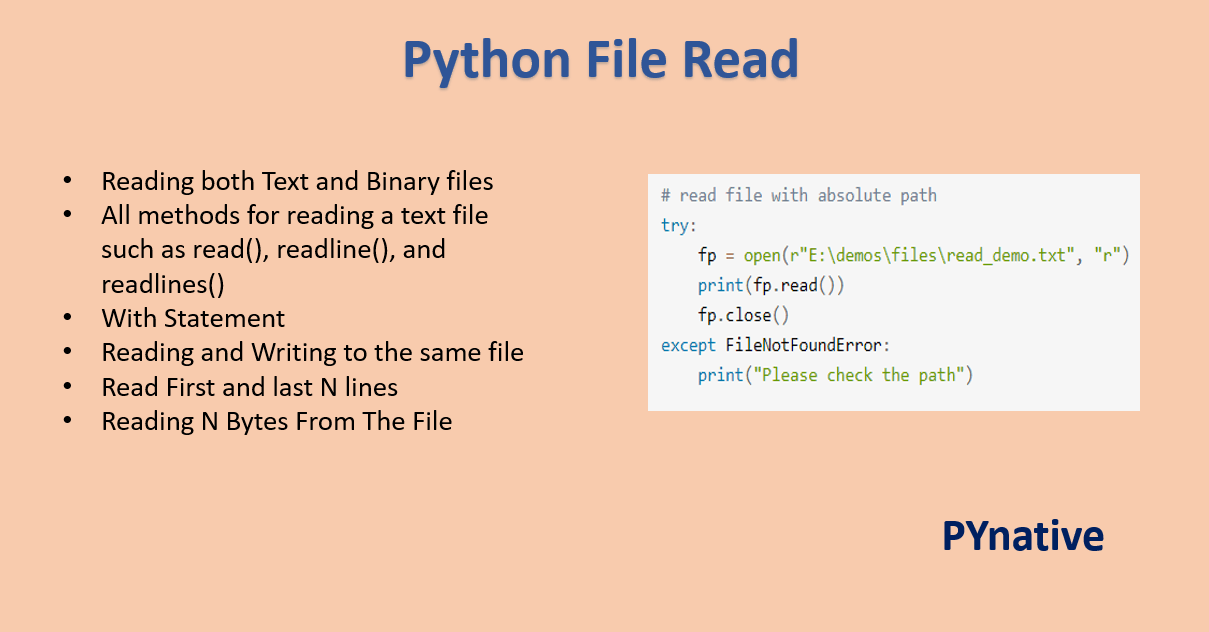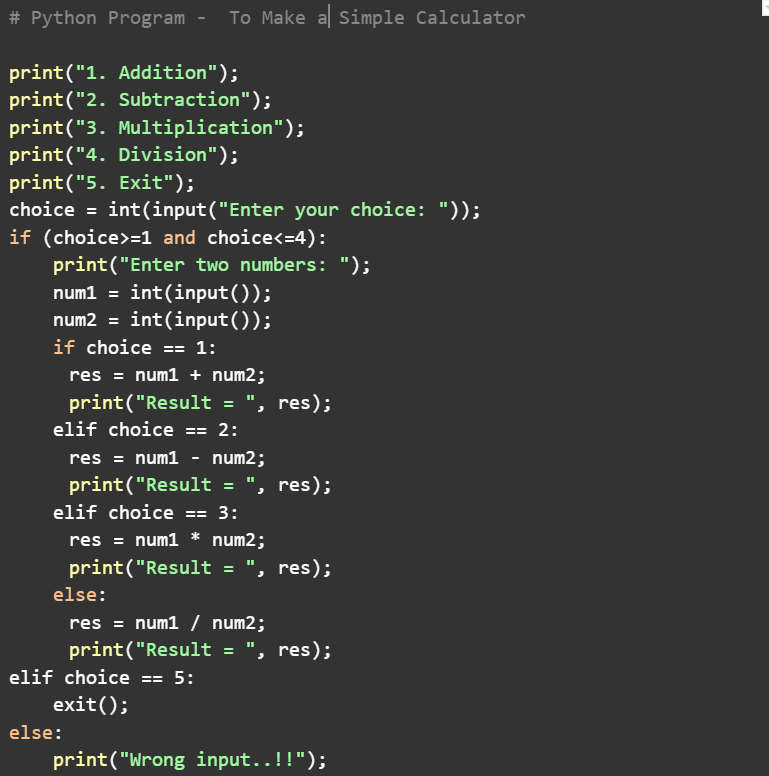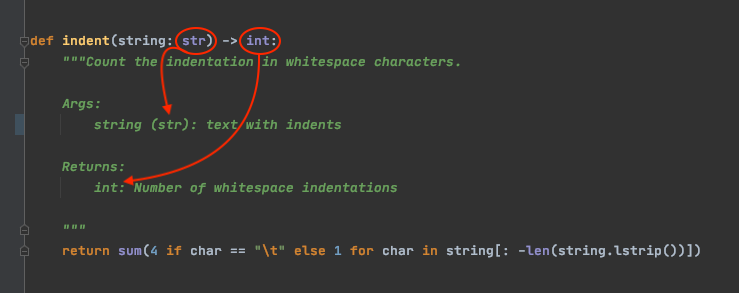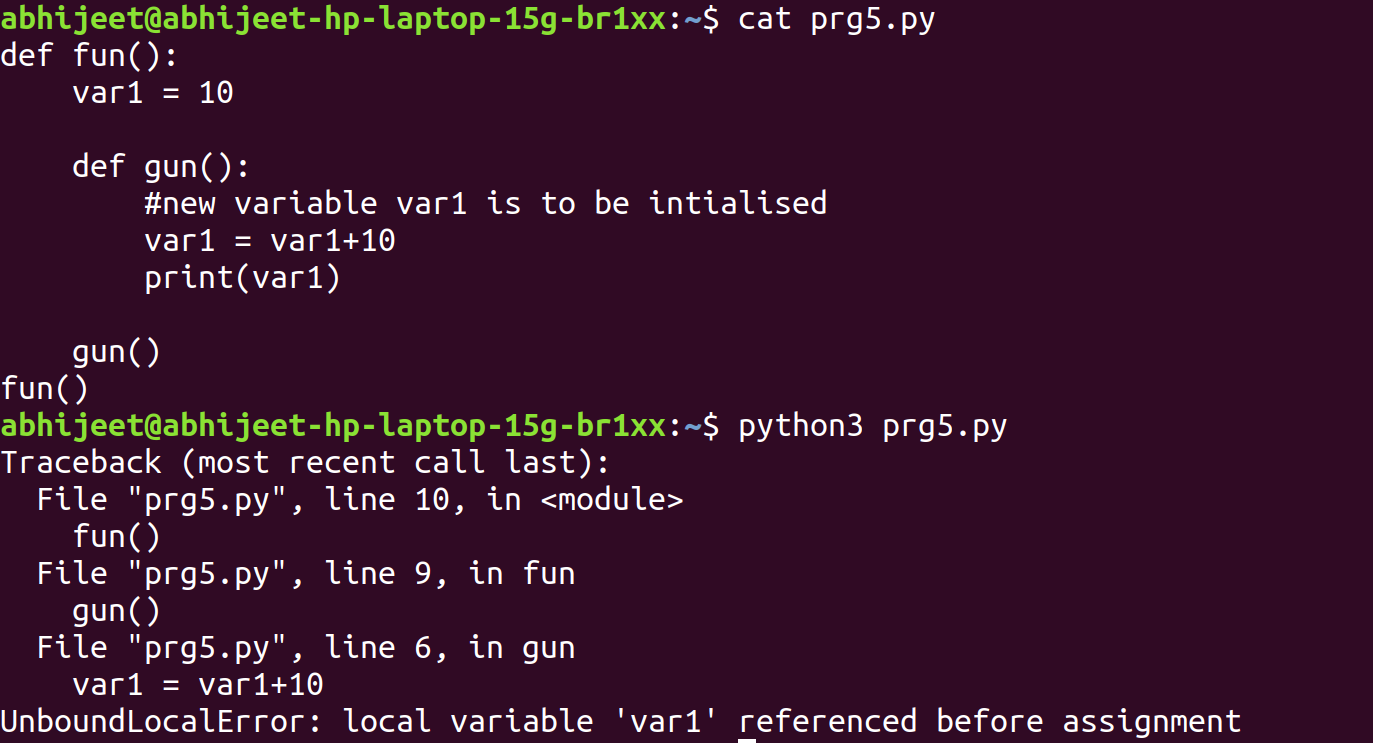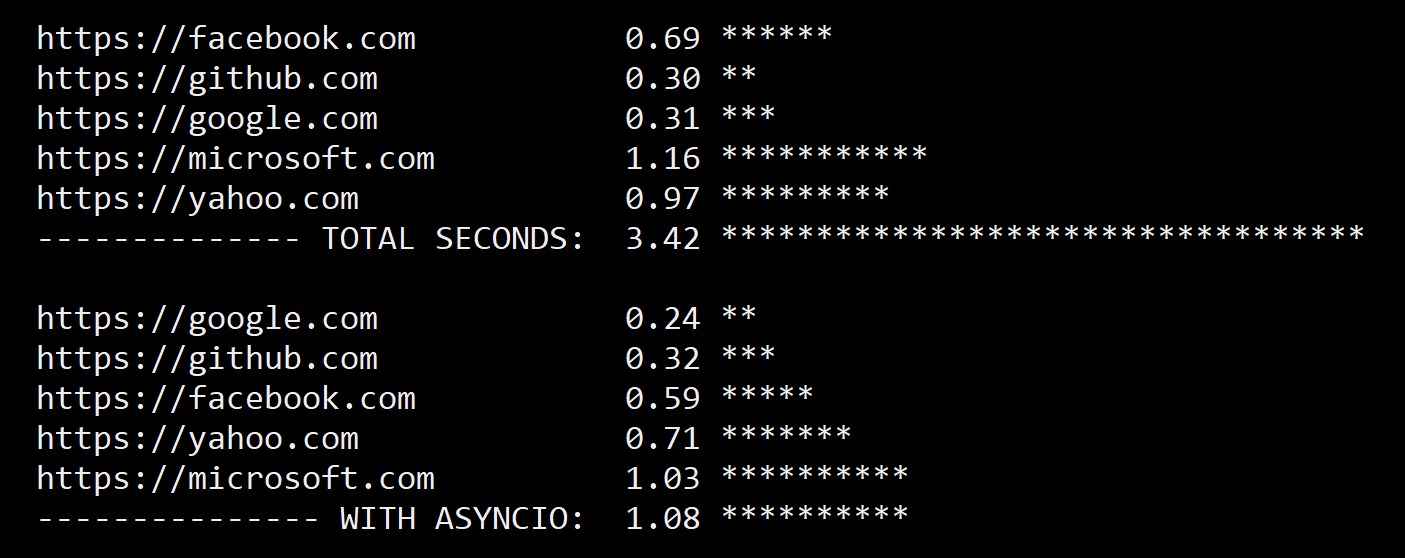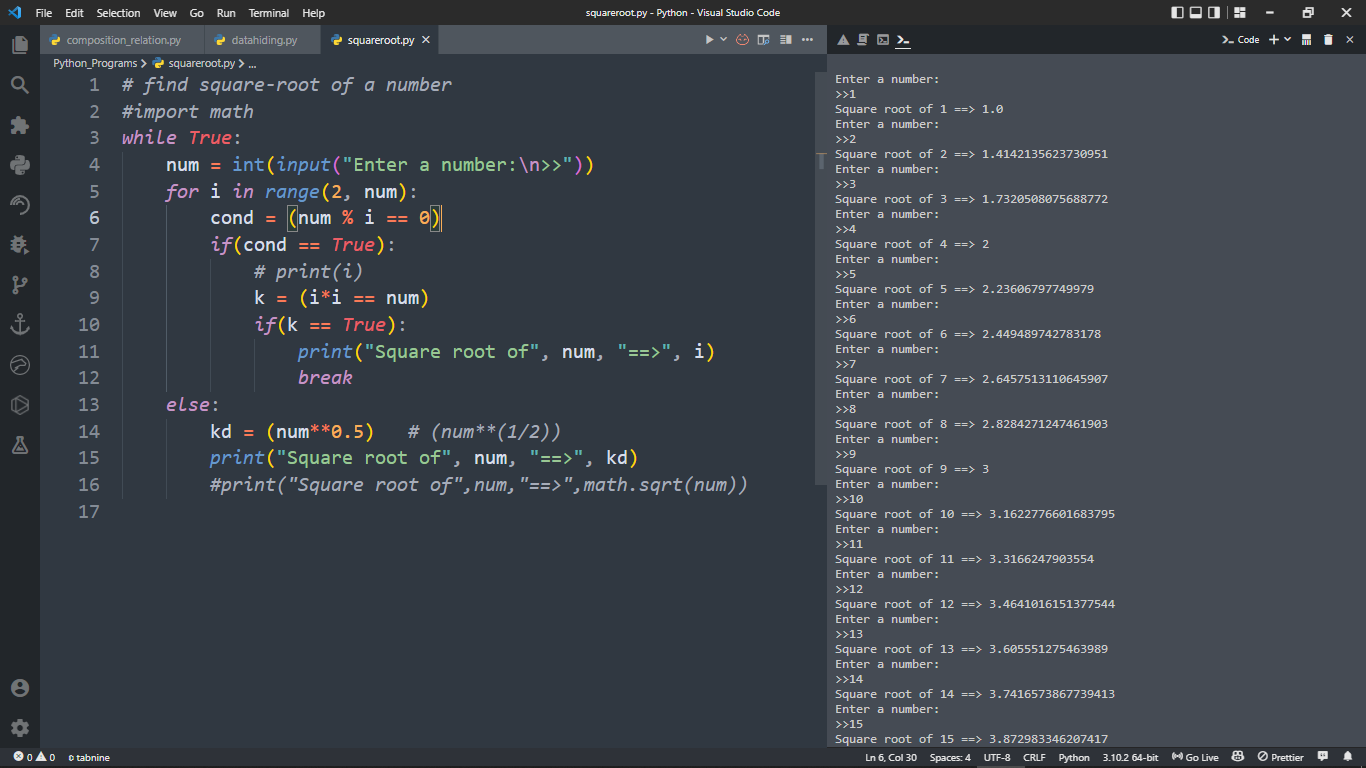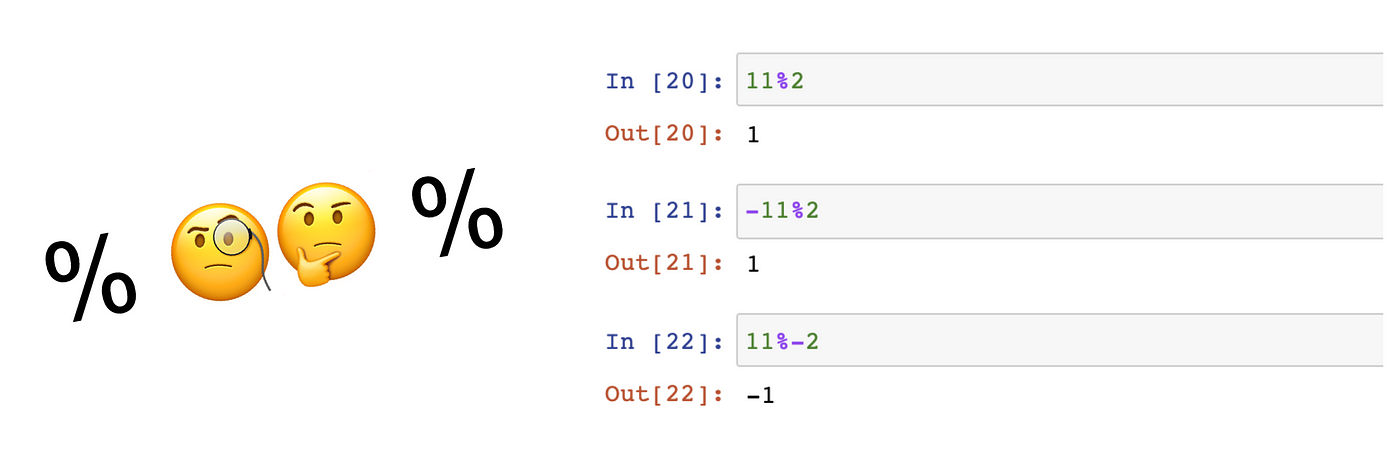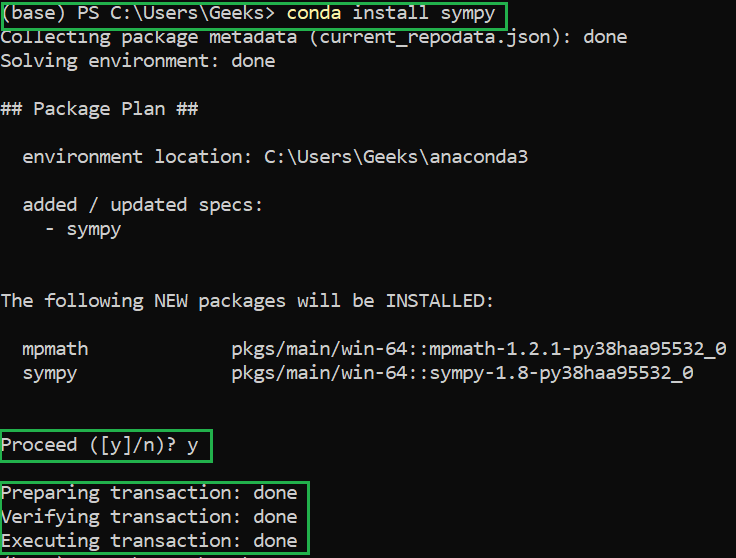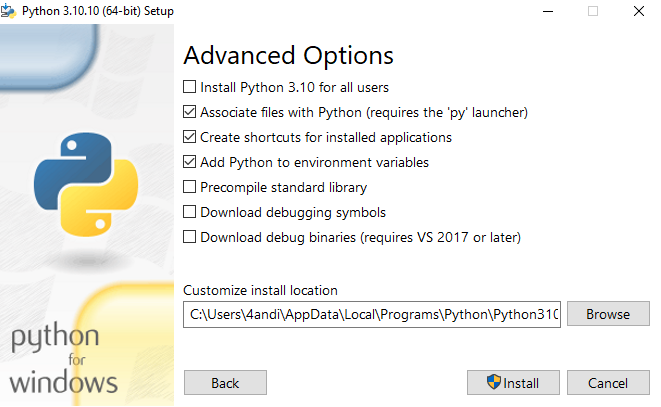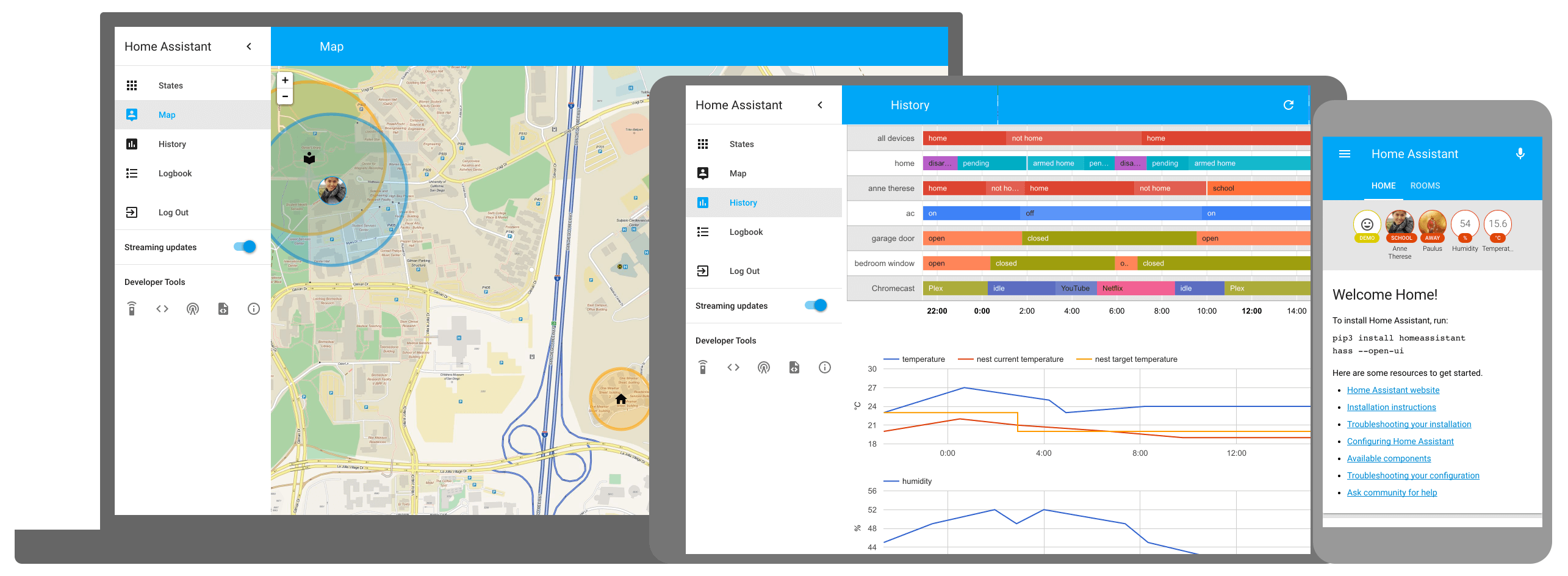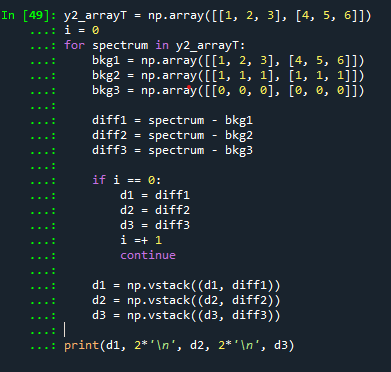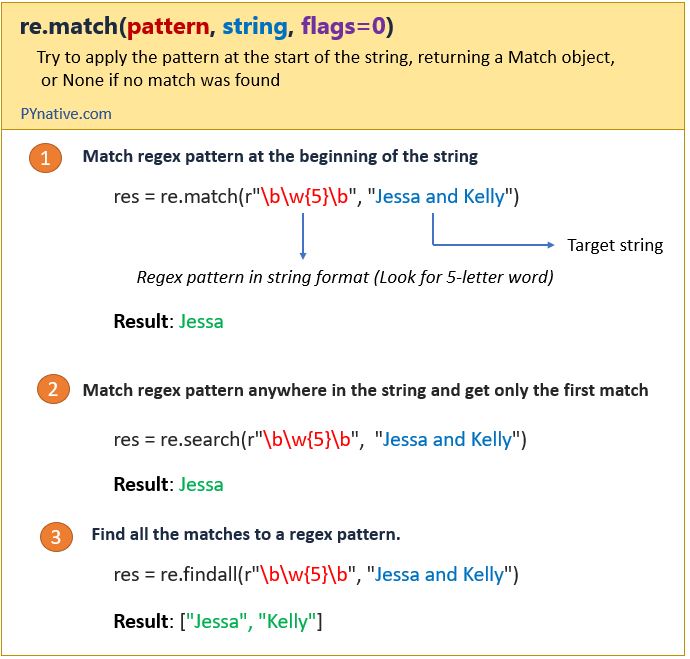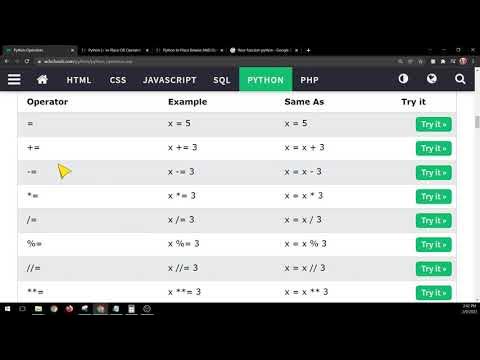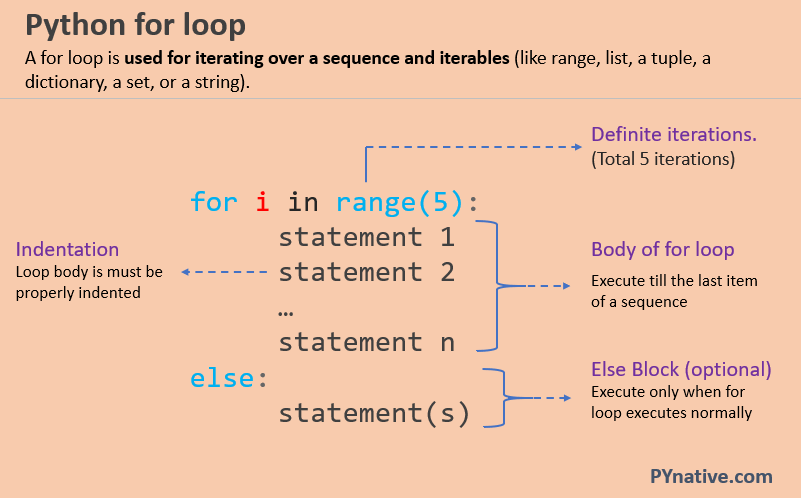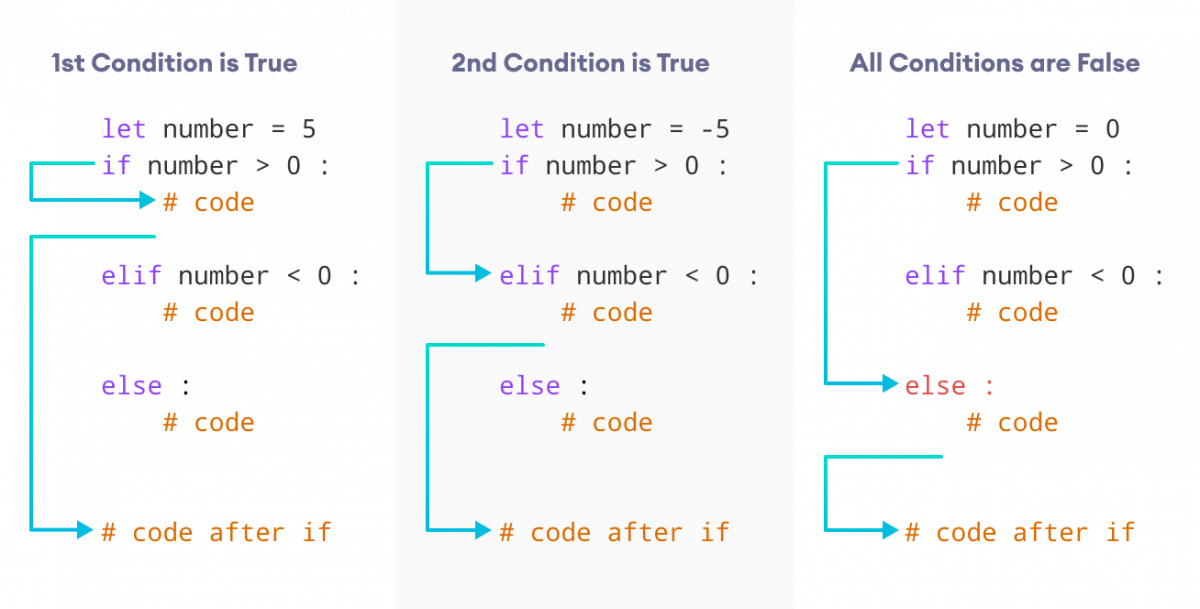Which of the following is the most suitable definition for encapsulation in Python?
Which of the following is the most suitable definition for encapsulation in Python?
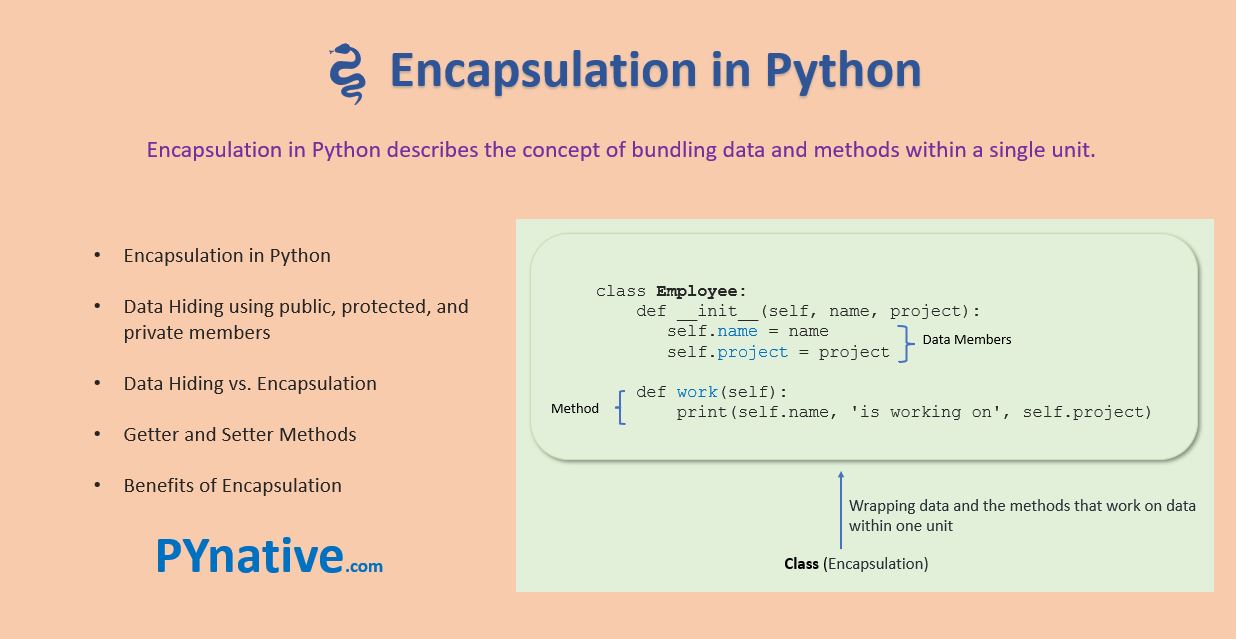
I'm happy to respond in English!
Encapsulation in Python refers to the idea that an object (or class) can wrap around data and methods, providing a way to control access to these components. This concept helps define a clear boundary between the internal implementation details of an object and its external interactions.
In Python, encapsulation is often achieved through the use of classes and instances. When you create a class, you can define attributes (data) and methods that operate on those data. By using the __init__ method to initialize an instance of the class, you can control how the object's internal state is set up.
Here are some key aspects of encapsulation in Python:
Hiding internal implementation details: By wrapping your code inside a class or function, you're effectively hiding the internal implementation details from the outside world. This means that other parts of your program can interact with the class without needing to know how it works internally. Controlling access to data: Encapsulation allows you to control who can access and modify the object's internal state (attributes). You can achieve this by using public, private, or protected access modifiers (e.g.,__ prefix for Python), making certain attributes inaccessible from outside the class. Encapsulating behavior: Methods within a class can perform specific actions on the encapsulated data. This behavior is controlled and managed within the class, without exposing the internal workings to other parts of your program. Improved modularity and reusability: By encapsulating code into classes or functions, you can create self-contained modules that are easier to understand, modify, and reuse in different parts of your program. Reducing coupling between components: Encapsulation helps minimize the dependencies between different parts of your program, making it easier to change or replace individual components without affecting other parts.
Here's an example of how you might use encapsulation in Python:
class BankAccount:def init(self, balance=0):
self.__balance = balance
def deposit(self, amount):
self.__balance += amount
def get_balance(self):
return self.__balance
Create an instance of the BankAccount classaccount = BankAccount(100)
Deposit some money (encapsulated behavior)account.deposit(50)
Get the current balance (encapsulated data)print(account.get_balance()) # Output: 150
Trying to access internal state directly (not recommended!) account.__balance = 200
In this example, you can see that the BankAccount class encapsulates its internal state (__balance) and behavior (depositing and retrieving funds). The outside world can only interact with the object through the provided methods, keeping the internal implementation details hidden.
Overall, Python's encapsulation mechanism helps developers create robust, maintainable, and scalable programs by controlling access to data and methods, making it a crucial concept in object-oriented programming.
What is encapsulation in Python?

I'll be happy to explain encapsulation in Python!
Encapsulation is a fundamental concept in object-oriented programming (OOP) that involves wrapping data and methods that operate on that data within a single unit, typically a class. This helps to hide the internal implementation details of an object from the outside world, while still allowing controlled access to its features.
In Python, encapsulation is achieved through the use of classes and objects. A class defines a blueprint for creating objects that share similar characteristics, attributes, and behaviors. Each instance of a class (an object) has its own set of attributes (data) and methods (functions) that operate on those attributes.

Python's implementation of encapsulation allows developers to:
Hide internal state: By making attributes private (using double underscore prefix), you can control access to them, ensuring that they are not accidentally modified or exposed to the outside world.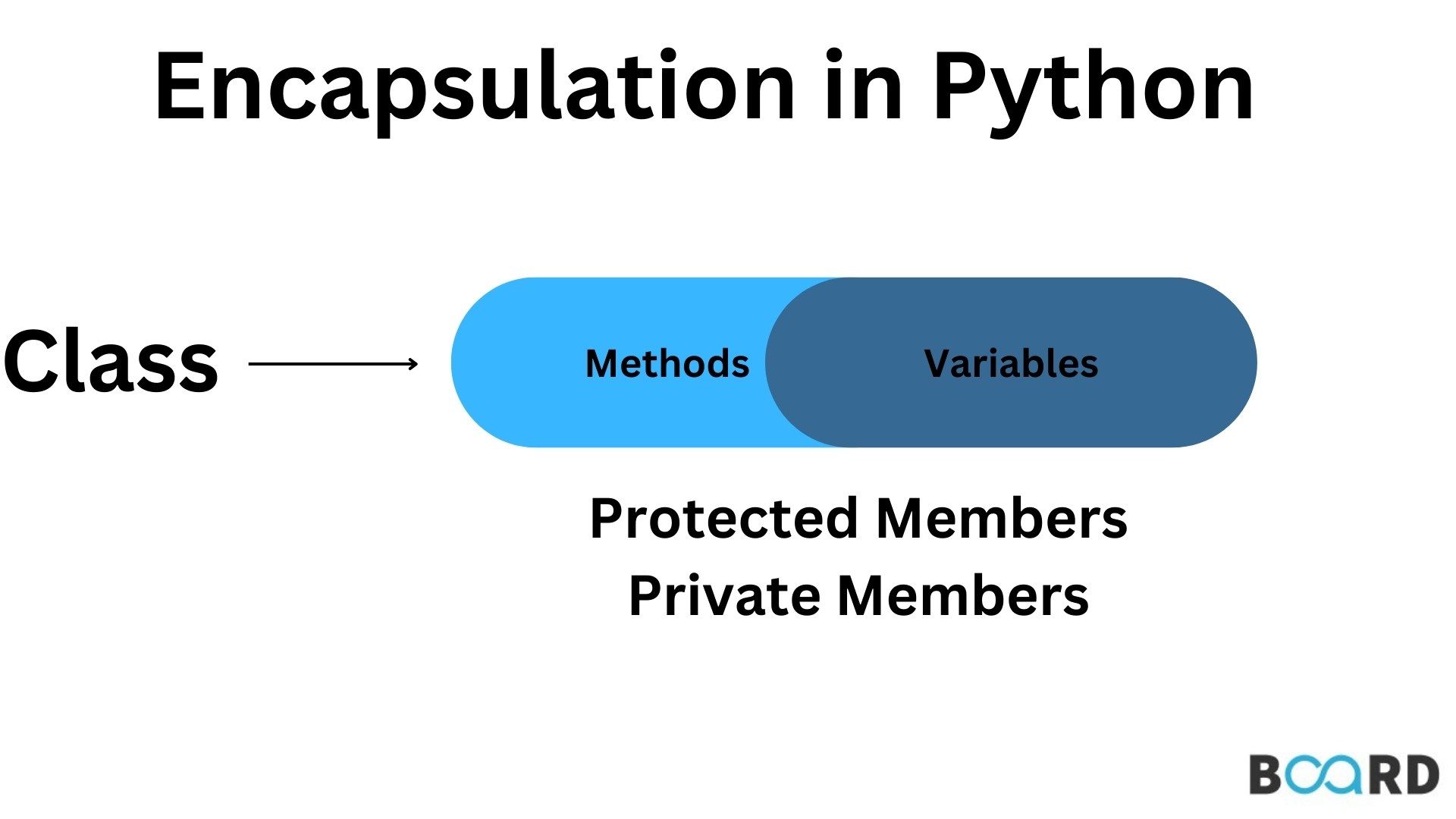
Here's an example of encapsulation in Python:
class Person:def init(self, name, age):
self.__name = name # private attribute
self.__age = age
@property
def name(self):
return self.__name
@name.setter
def name(self, value):
if not isinstance(value, str):
raise ValueError("Name must be a string")
self.__name = value
@property
def age(self):
return self.__age
@age.setter
def age(self, value):
if not isinstance(value, int) or value < 0:
raise ValueError("Age must be a non-negative integer")
self.__age = value
p = Person("John", 30)
print(p.name) # John
p.name = "Jane" # Okay!
p.age = -1 # Raises ValueError!
In this example, the Person class encapsulates its internal state (name and age) and provides controlled access to it through getters and setters. The name and age attributes are private, but we can still read and modify them using the respective getter and setter methods.
By applying encapsulation principles in Python, you can write more robust, maintainable, and scalable code by controlling access to an object's internal state and ensuring that its behavior is consistent with its design.

